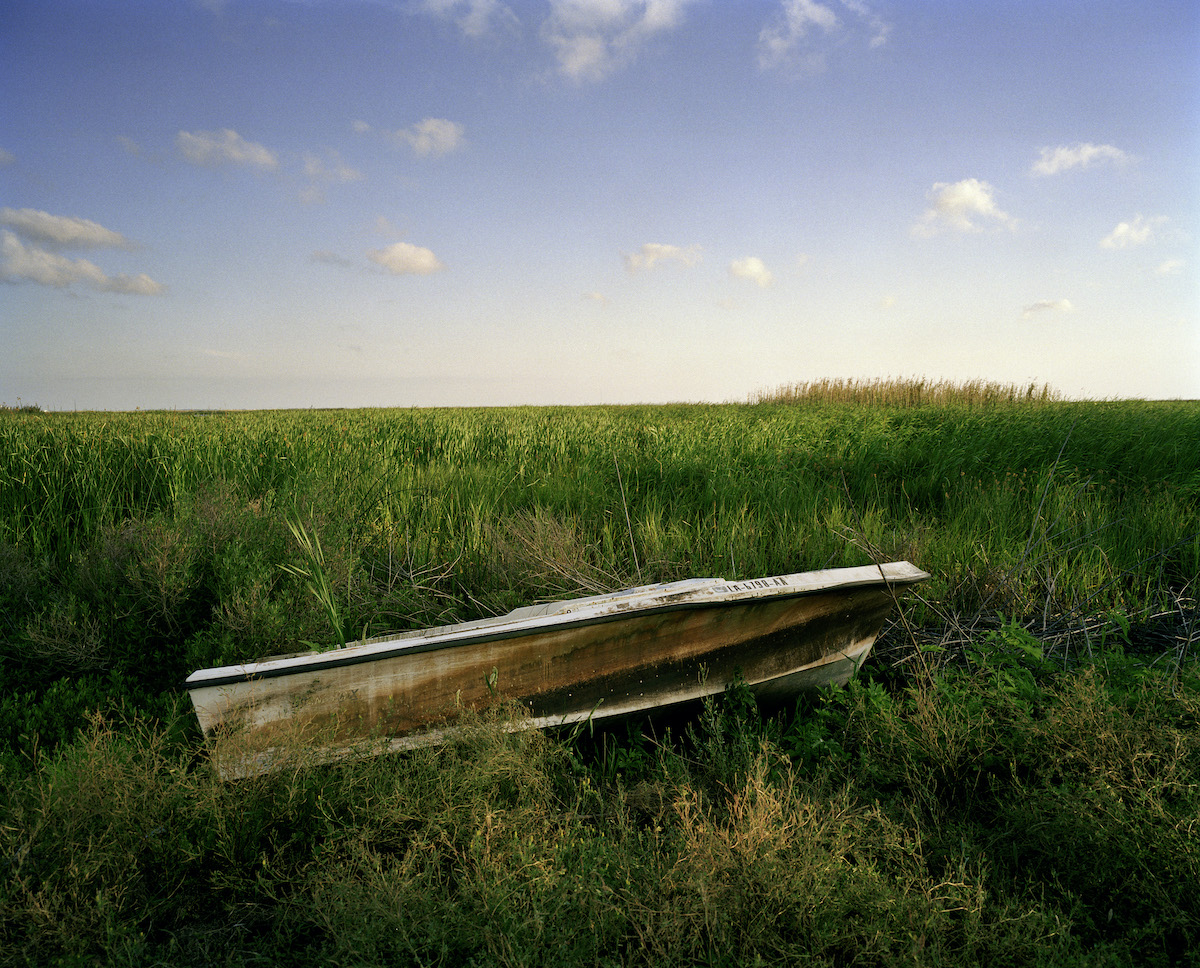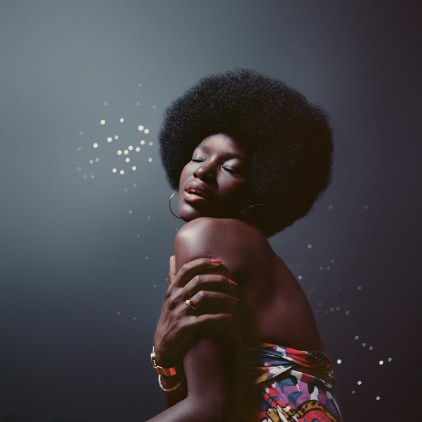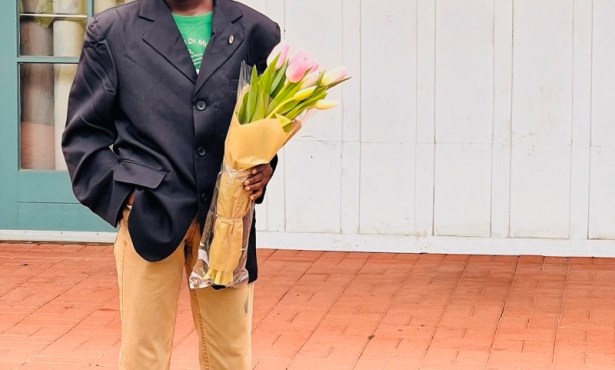Pictures Worth Eyeing at the Santa Barbara Museum of Art
SBMA Showcases Six Years’ Worth of Gifts to Its Already Strong Photography Collection

Awol Erizku’s large and color-filled portrait of young Black poet Amanda Gorman, who earned global fame with her reading at President Joe Biden’s inauguration, serves as an inspiring and bold invitation into the Santa Barbara Museum of Art’s (SBMA) McCormick Gallery these days. Gorman’s heroism, humility, and humanity radiate outward from the photograph, which also contrasts her ebony skin and warm yellow dress. She draws us into the gallery on a high note.

In a way, though, this powerful portrait of a bona fide contemporary celebrity is something of an anomaly in the current exhibition filling the gallery (and beyond), A Time of Gifts: Six Years of Photographs Given to the Collection, 2016-2022. The show’s images are largely black-and-white in format, and celebrity imagery is otherwise absent from the mix here (unless we count the subcultural celebrity of spiritual leader/folk singer Ethel Predonzan in Diane Arbus’s eccentrically fascinating 1964 shot from Santa Barbara, “Bishop by the Sea”).
Consider the innately diverse nature of what the show is made of — fresh and often robust additions to the museum’s already formidable collection of photography. SBMA, in sync with a city in which photography holds a passionate spot, has maintained an admirable commitment to the medium going back to the 1980s.
Despite the wide-ranging nature of the show’s inventory, certain themes and social issues come forward, across lines of specific artists. Several famed photographers whose work pursued intentional photo essay–like series are included here, such as August Sander’s “Face of Our Time” image of a lanky high school student with suit and cigarette in tow, and in Mike Disfarmer’s bleak-chic Americana.
Compassionate “mean streets” imagery is represented by Mary Ellen Mark’s iconic “Tiny, Halloween, Seattle (1983)” and Ernest J. Bellocq’s early 20th-century ode to New Orleans’ Storyville “red light district.” Marion Post Wolcott, one of the well-known chroniclers of WPA-era Great Depression conditions (and a Santa Barbaran in her later years), shines with “Unemployed Coal Miner’s Daughter,” circa 1938.
Stephen Shore, one of the pioneers of color photography as a Museum-friendly medium in the ’70s, savors the gravitas of official spaces, as in his large-format “Bergen County Courthouse,” sans humans. Influenced by the German expressionists, Larry Fink’s Social Graces series yields a shot from the urban landscape, using handheld flash to selectively illuminate a dizzy New York bar scene. Santa Barbara’s own Nell Campbell deftly captures our eye and sense of place with one of her vibe-filled color images from the humid Louisiana atmosphere, “Little Chenier.”
Black lives and Black subject matter do matter here, starting with another striking color portrait of a Black woman in the entryway, Kwame Brathwaite’s 1973 image “Changing Times,” a potent example of Brathwaite’s “Black is beautiful” celebration of African-American life in the age when the Afro reigned. Civil rights indignation has its corner, including Ernest C. Withers’s “I Am a Man,” its title emblazoned on protest signs as if in a visual echo chamber. More contemporary Black expression turns up in the form of Dawoud Bey’s “Night Coming Tenderly, Black,” a murky-dark view of turf from the slavery era’s Underground Railroad.
Other anomalous twists in the road show up in the small outer galleries, in the form of conceptualist John Houck’s “Balsa Block Boat” — an example of his practice of “creating” still-life tableaux before destroying them. By contrast, Japanese photographer Hiroshi Sugimoto’s Time Exposed series of a dozen meditative minimalist images of misty ocean visions, lining the small Emmons Gallery, suggest poetry more than narrative.
Photography follows many muses and rewards our gaze in multiple ways, as this parade of new acquisitions amply reminds us. We Santa Barbarans should be proud, by proxy.
A Time of Gifts: Six Years of Photographs Given to the Collection, 2016-2022 is on view at Santa Barbara Museum of Art (1130 State St.) through January 15, 2023. For more information, visit sbma.net.
Support the Santa Barbara Independent through a long-term or a single contribution.




You must be logged in to post a comment.